Published in the Sunday Indian Express Magazine - Eye on 13 April 2025
Five Wonders That Keep Calling Me Back
It’s been a while. I took a little break from writing, something I rarely do, but I think sometimes that’s exactly what one needs, to come back with fresh eyes, a renewed perspective, and a deeper love for the things that bring joy. And for me, one of those things is Japan.
It’s one of the few countries I have visited more than five times, across different seasons, and every single visit has felt like a new chapter in a story I never want to stop reading. Cherry blossoms in spring, crimson leaves in autumn, quiet snowfall in the Japanese Alps - Japan is a country that transforms beautifully with the seasons, yet its essence always feels consistent: calm, precise, kind, and quietly astonishing.
And as I look forward to returning once again, this time with my wife, Heta, and daughter, Raya, I thought: why not pause and share five things about Japan that have stayed with me. These are experiences that go beyond the travel brochures, stories that I believe make this country so incredibly special.
Konbini: Japan’s 24x7 Culture Capsule: If there’s one place in Japan that you will end up visiting more than temples, castles, or museums, it’s the humble konbini. Short for ‘convenience store’, a konbini in Japan is so much more than a place to pick up snacks. It’s a cultural experience in itself.
Imagine walking into a clean, brightly lit store at 2:00 AM and finding everything from freshly brewed coffee and onigiri (rice balls) to perfectly packed bento boxes, stationery, phone chargers, an ATM, and even a courier service, all manned by a polite attendant who greets you with a bow.
On one of my earliest trips to Tokyo, jet lag had me wide awake at an odd hour. I stepped out of my hotel and wandered into a nearby 7-Eleven. I expected a couple of sad sandwiches and maybe a bottle of water. Instead, I found an entire wall of neatly stacked ready-to-eat meals, shelves of noodles, hot foods simmering near the counter, and a microwave where I could warm up my meal then and there.
And the best part? The food is genuinely good. Some locals even argue that konbini fried chicken rivals fast food chains, and I wouldn’t disagree. There are three big konbini chains: 7-Eleven, Lawson, and FamilyMart. You could travel across the country and discover something different in each one. A limited-edition matcha dessert in Kyoto, a seasonal sakura-flavoured drink in Osaka, or a comforting bowl of miso soup in Hokkaido.
For the traveller, a konbini becomes more than a store, it’s your lifeline. Forgot your umbrella? Lost your charger? Need a quick meal before catching a Shinkansen? Your friendly neighbourhood konbini has your back, 24/7.
And that’s what makes it so uniquely Japanese: efficiency, care, and convenience wrapped into one tiny space
Mount Fuji: Sacred, Serene, and Always Watching: It’s strange how something so massive can still feel elusive. Mount Fuji, or Fujisan as it’s lovingly called in Japan, is the country’s tallest mountain and one of its most sacred symbols. On clear days, you can see its near-perfect cone rising above the clouds from as far as Tokyo. And yet, like a shy guardian, it often hides behind a veil of mist, making every sighting feel like a small personal miracle.
The Japanese have revered Fuji for centuries. For the Shinto faith, it’s the dwelling of a goddess. For poets and painters, it’s the eternal muse. For hikers, climbing to the summit in the early hours and witnessing the sunrise, called Goraiko, is a spiritual rite of passage.
One of my most memorable views of Fuji wasn’t even during a big expedition. It was from a humble train window while riding the Fujikyu Railway. The clouds had parted for just a moment, and there it was: majestic, snow-capped, completely still. The whole compartment collectively gasped. Even the locals.
Fun fact: Mount Fuji is actually three volcanoes stacked on top of each other, and though it last erupted in 1707, it’s still technically active. But that doesn’t deter the thousands who climb it every year, especially during July and August when the trails are open and the mountain huts come alive with travellers.
Whether you are seeing it reflected on the still waters of Lake Kawaguchi, framed behind a torii gate at Chureito Pagoda, or spotting it on the label of your green tea bottle, Fuji has a way of making its presence felt. Always watching, always beautiful, always Japan.
Beyond Sushi: Japan’s Surprising Culinary Wonderland: Let’s be honest, when most people think of Japanese food, the first thing that comes to mind is sushi. And yes, sushi is absolutely worth the hype. But Japan’s food scene? It’s a whole universe waiting to be devoured.
During my travels across Japan, I discovered that every region has its own signature dish, every street corner its own aroma, and every convenience store its own surprise (thank you, konbini!). One of my favourite food memories was slurping up a hot bowl of miso ramen on a snowy evening in Sapporo. There’s something magical about the way the broth warms your soul from the inside out.
Craving something crispy? Try karaage: Japanese-style fried chicken, marinated in soy and garlic, then deep-fried to perfection. Or okonomiyaki, a savoury pancake filled with cabbage, meat, seafood, and topped with dancing bonito flakes. You even get to grill it yourself at many restaurants. And for those with a sweet tooth, how about mochi, taiyaki (fish-shaped cakes filled with red bean paste or custard), or the delicate world of wagashi, traditional confections often served with matcha tea?
And here’s the best part for vegetarians, Japan isn’t as intimidating as it seems. Buddhist temple cuisine, or shojin ryori, offers delicious plant-based meals rooted in tradition and mindfulness. Plus, more and more places now cater to vegetarian and vegan travellers, with local ingredients taking centre stage.
One of the most eye-opening meals I had was at a tiny family-run izakaya in Kyoto. I couldn’t read the menu, but with a few gestures and a lot of smiles, I ended up with five small plates, each more delightful than the last.
So yes, sushi may be the headline act, but Japan’s culinary story is rich, regional, and endlessly rewarding. Just bring your curiosity and your appetite.
Sumo Wrestling: Power, Ritual, and Roaring Crowds: Before I ever stepped into a sumo arena, I thought I knew what to expect. Two massive wrestlers are clashing in a circular ring. But what I didn’t expect was the quiet. The deep, meditative silence that descends just before a match begins. It’s almost sacred. And then, in a sudden explosion of movement, the silence gives way to shouts, grunts, and the thud of raw power meeting tradition.
Rooted in Shinto rituals, every match begins with a series of precise movements: feet stomping to drive away evil spirits, salt thrown to purify the ring, and long, almost theatrical face-offs where wrestlers lock eyes, often for minutes, before even touching.
Watching it live is unlike any sporting event you have experienced. The stadiums, especially Ryogoku Kokugikan in Tokyo, are electric. Locals cheer for their favourites with surprising intensity, and the drama of each bout is as much in the build-up as in the outcome, which often lasts mere seconds.
And yes, you can get surprisingly close to the action. In fact, some seats are so close to the dohyo (ring) that it’s not uncommon for a 150-kilo wrestler to come tumbling into your lap!
If your trip lines up with one of the six annual Grand Sumo Tournaments, grab the opportunity. And even if not, there are training stables across the country where you can attend early morning practice sessions, a more intimate, equally awe-inspiring experience.
Cafes Like No Other: Japan’s Quirky Coffee Culture: Walk down any street in Tokyo, Osaka, or Kyoto, and you are bound to stumble upon a cafe. But in Japan, cafes are like windows into the country’s wonderfully eccentric imagination.
Take the cat cafe, for example. You walk in, take off your shoes, order your drink, and spend the next hour in the company of purring feline companions lounging around bookshelves, cushions, and windowsills. It’s calm, cosy, and strangely therapeutic. And if cats aren’t your thing? No worries. Japan’s cafe scene has something for everyone: owl cafes, hedgehog cafes, and even goat cafes.
Then there used to be the robot cafe in Tokyo’s Shinjuku district, which was more of a sensory overload dinner show than a cafe in the traditional sense.
But these are just the headliners. Dig deeper and you will find cafes themed around trains, ninjas, Alice in Wonderland, or even silent contemplation (yes, there are cafes where speaking is discouraged). One of my favourites? A cafe in Kyoto that only plays vinyl jazz records while you sip on the smoothest pour-over coffee.
So why does Japan have such a unique cafe culture? It’s about creating safe, imaginative escapes in a densely packed world. A chance to live inside a theme, an idea, or a dream, if only for an hour.
So there you have it, Japan is a country that surprises you at every corner. No matter how many times you visit, there’s always something new to discover. And that’s what makes Japan, well… Japan...










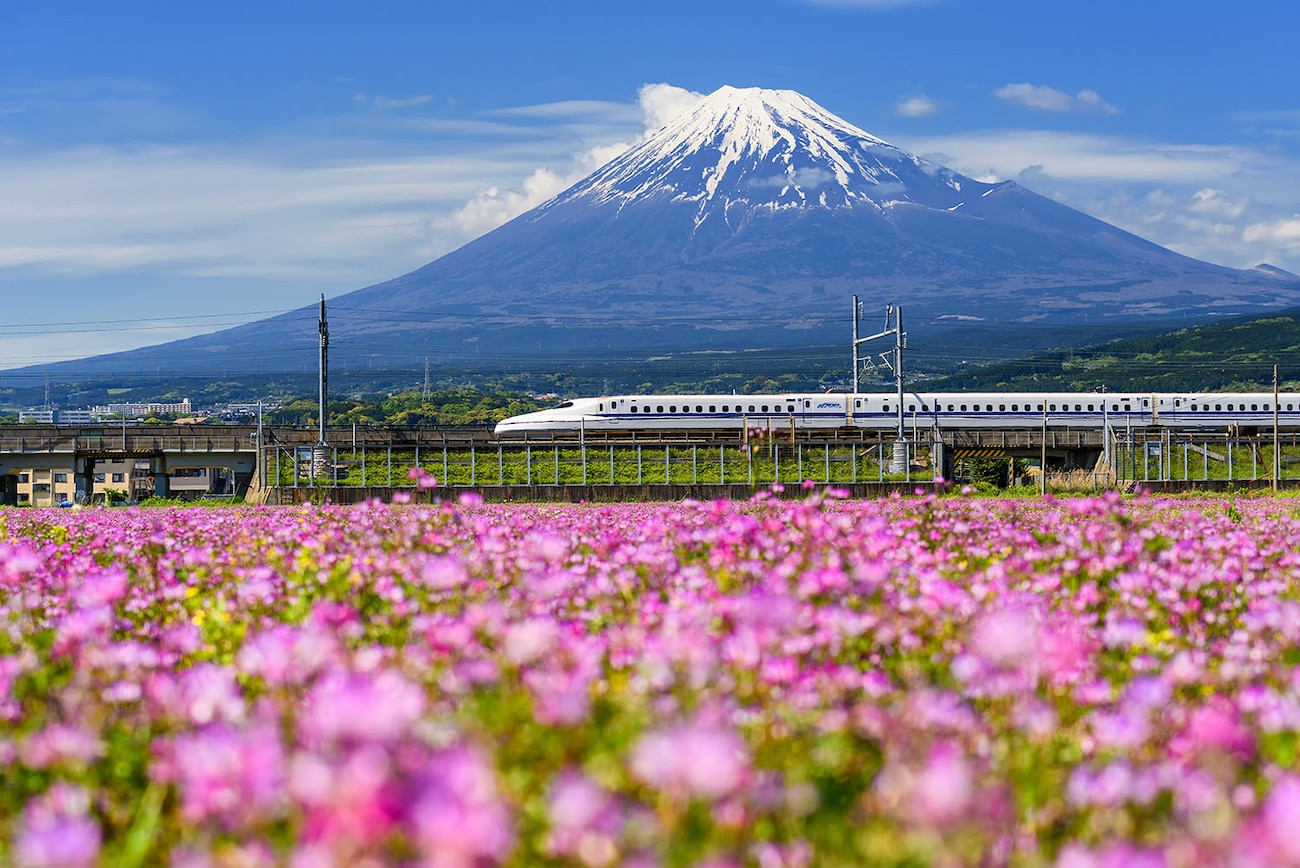
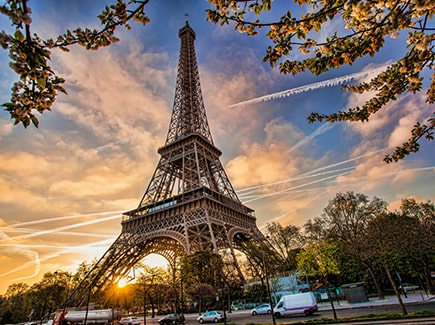

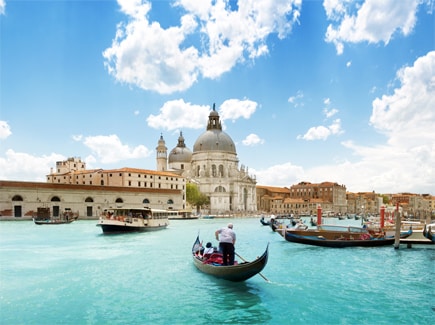
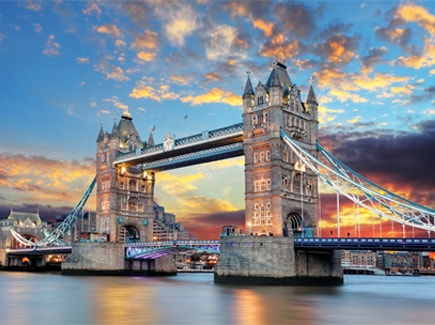
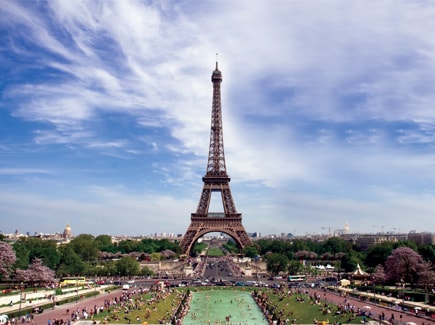




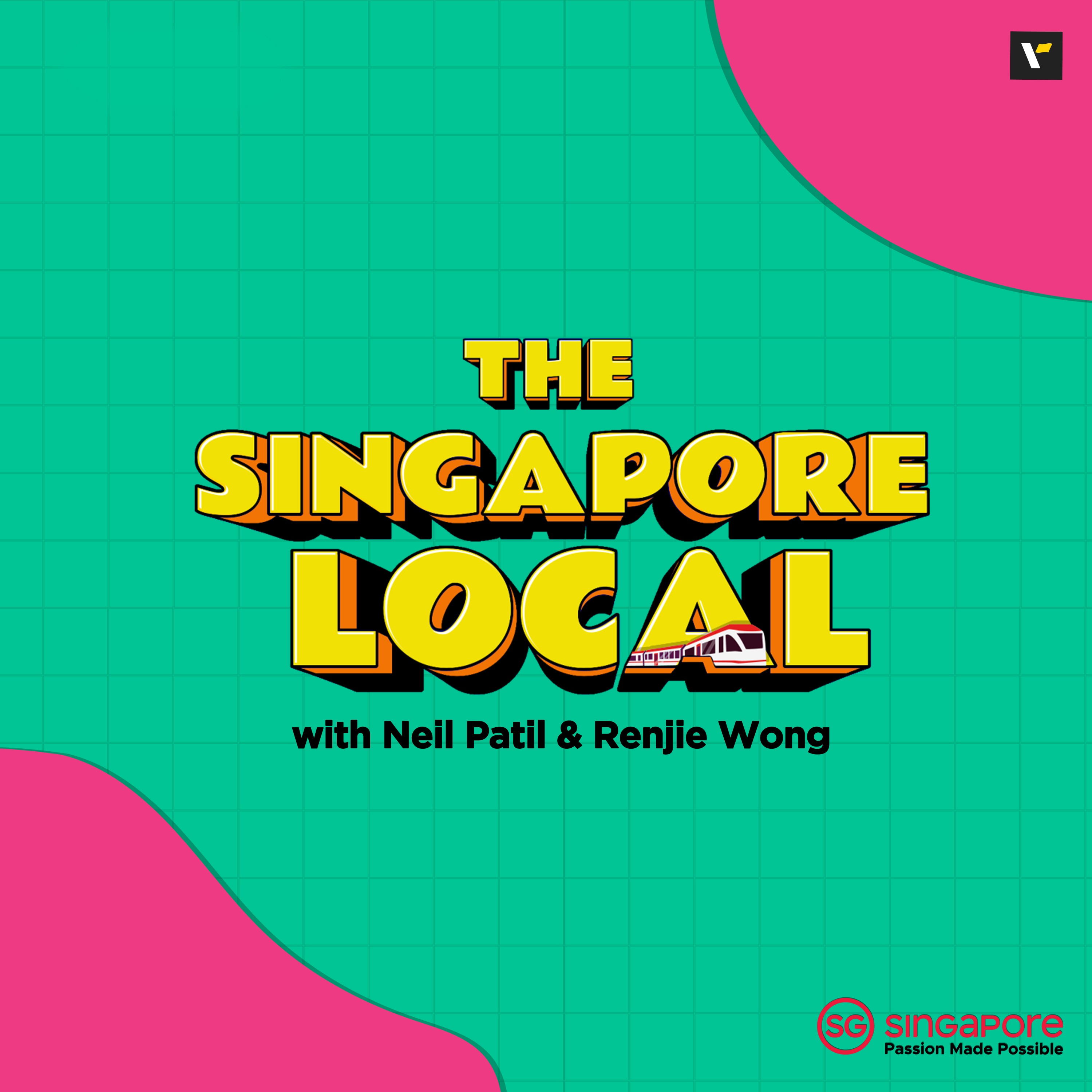








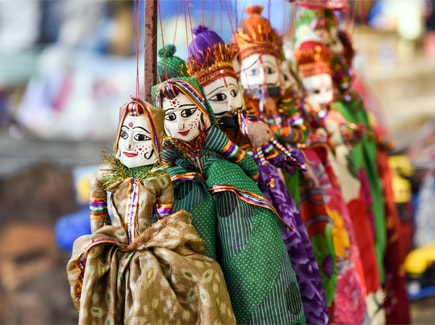
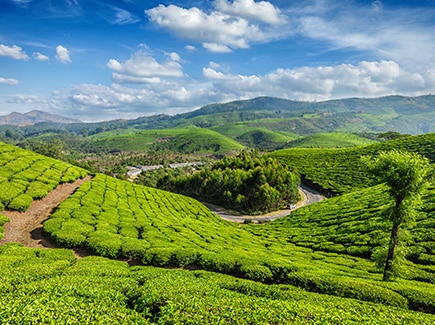

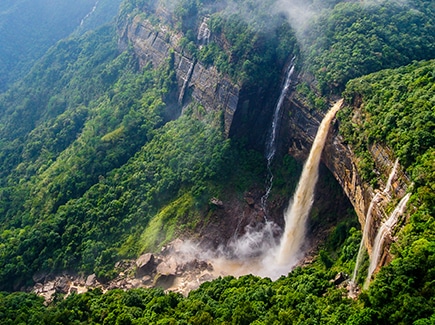

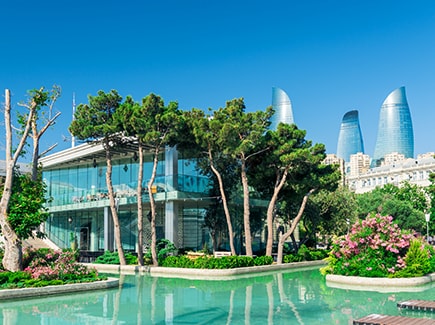

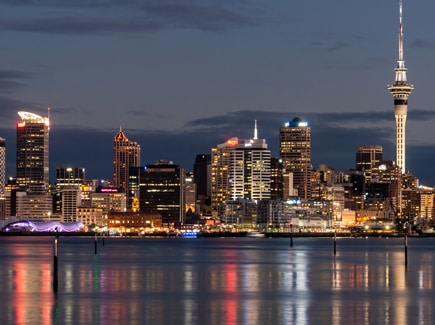
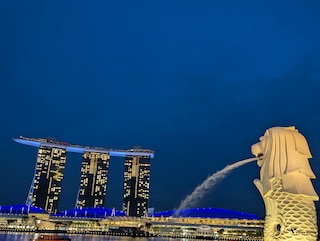
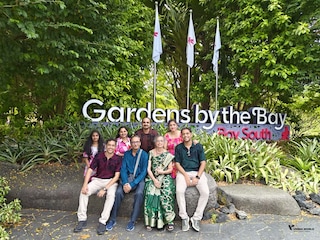
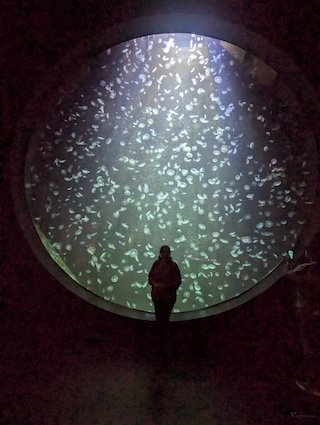
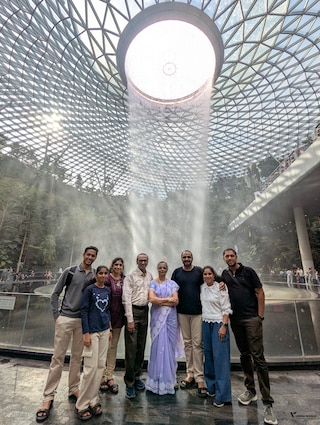
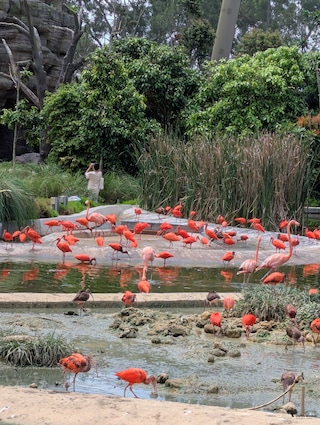
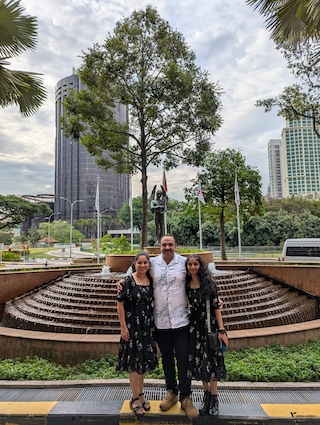
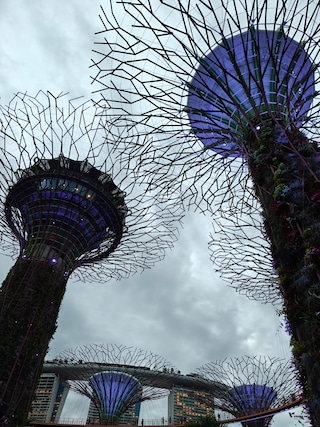
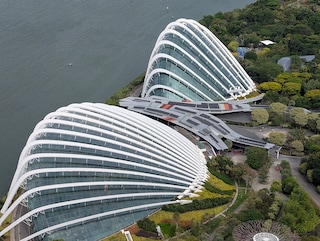

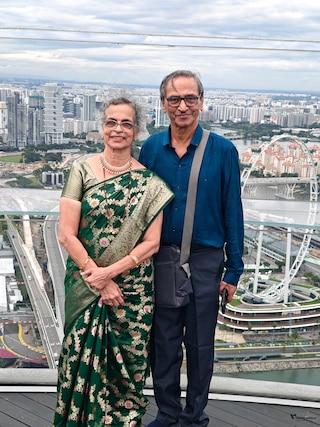
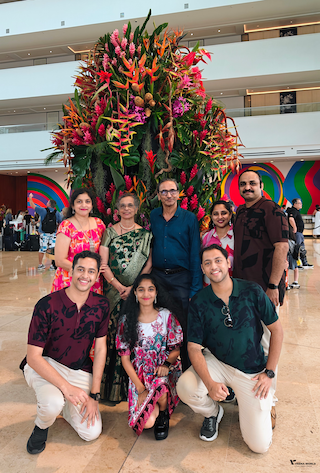

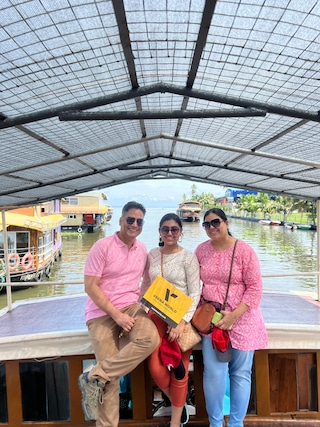
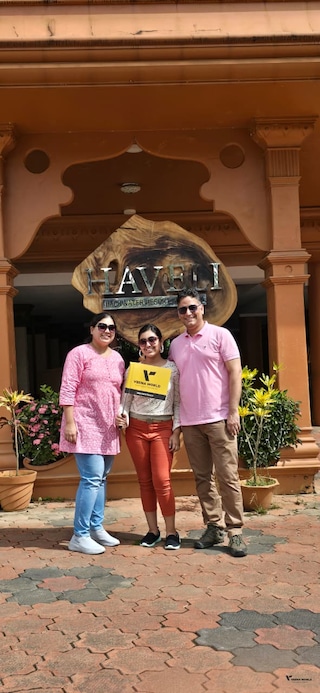




Post your Comment
Please let us know your thoughts on this story by leaving a comment.